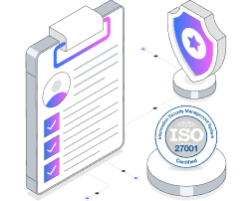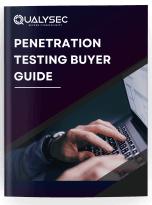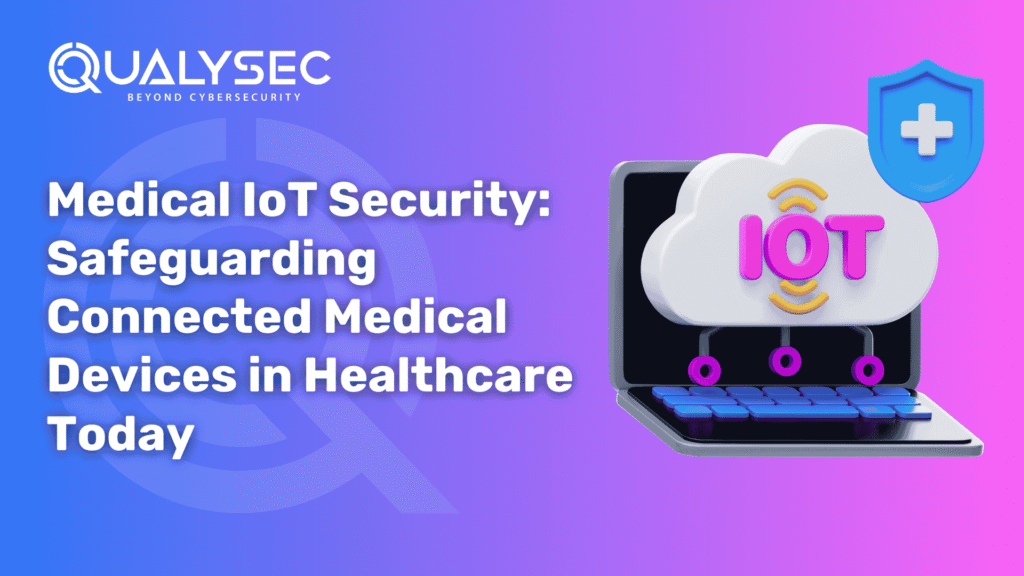Medical IoT Security: Safeguarding Connected Medical Devices in Healthcare Today
As the digital age transforms the healthcare sector today, connected medical devices, or Medical IoT Security (Internet of Medical Things), are becoming increasingly pivotal to patient care. From wearables that monitor vital signs in real time to infusion pumps that administer measured doses, these devices enhance efficiency and outcomes. But though Medical IoT is convenient and innovative, it is accompanied by the danger of catastrophic cybersecurity attacks. Most of these devices are utilized in open environments, sometimes with inadequate encryption, password protection, or update mechanisms. In this article, we’ll explore what makes IoMT devices so susceptible to threats, real-world incidents that underscore the danger, and a set of best practices for healthcare providers to secure their connected medical ecosystem. Let’s dive into how the industry can strike a balance between innovation and security. What is Medical IoT (IoMT)? Internet of Medical Things (IoMT) is a network of medical devices and software applications that communicate with each other over the internet to collect, transfer, and analyze health data. The devices are designed to facilitate clinical care by: Examples are: With hospitals, clinics, and even residences becoming increasingly networked, IoMT is at the forefront of data-driven healthcare. Yet, with increasing connectivity comes a wider attack surface for hackers and cyber attackers to exploit. Why Is Medical IoT Security So Important? IoMT security isn’t simply an IT problem—it’s a matter of life and death. Take a remote hack on a pacemaker or a dose level change hack on an insulin pump. The consequences can be fatal. Even aside from patient safety, the dangers of bad cybersecurity are: a. Patient Privacy Violations IoMT devices collect sensitive data—blood pressure, blood sugar levels, even mental health readings. A breach can leak the data, violating patient confidentiality and legal privacy. b. Healthcare Data is Extremely Valuable While credit card information can be canceled and reissued, medical records consist of thorough, longitudinal data. Because of that, stolen healthcare information is money on the dark web. c. Service Disruption Ransomware that targets hospital networks may delay surgery, cause diagnosis delays, and put lives on hold, especially when life-critical equipment like ventilators or monitors is taken offline. d. Regulatory and Legal Risks Not protecting medical IoT puts one at risk of large penalties and fines by law under HIPAA, GDPR, or HITECH. Protecting IoMT is protecting patients, maintaining healthcare integrity, and maintaining public trust. Latest Penetration Testing Report Download Common IoMT Device Weaknesses Most medical devices were not built with internet connectivity. Adding connectivity without re-engineering the core leaves some weaknesses: a. Older Operating Systems More sophisticated devices use outdated versions of OS (like Windows XP or previous Linux), on which no security patches are being developed. b. Weak or Default Passwords The majority of devices come with default passwords that are never altered by their users, and hence, the attackers easily gain access. c. Lack of Encryption Unencrypted data from certain IoMT devices is transmitted over hospital networks, which makes them vulnerable to interception. d. No Patch Management Healthcare environments do not typically replace equipment for fear of breaking it, and so vulnerabilities remain unmitigated for years. e. Inadequate Access Controls Equipment is also connected to hospital-wide networks with no segmentation, so attackers can laterally move if one device is compromised. Real-World Incidents That Reveal the Risks The threats are not theoretical. Let’s take a look at real-world attacks where Medical IoT vulnerabilities were exploited: a. WannaCry Ransomware Attack (2017) This ransomware attack also hit the UK National Health Service (NHS) severely. It shut out hospital staff from patient records and canceled over 19,000 appointments, including surgery. Network-enabled devices like MRI scanners and blood storage devices were impacted. b. Medtronic Insulin Pump Vulnerability (2019) Thousands of Medtronic insulin pumps were recalled in the US by the FDA due to their vulnerability, as the attackers had access to remote insulin doses through them, leading to potential serious injury. c. Ryuk and Conti Ransomware Attack U.S. Hospitals In recent times, highly structured ransomware gangs have attacked American hospitals, encrypting data and demanding payment for its release. The attacks commonly involve targeting unprotected medical devices. These are evidence of a bleak reality: cybercriminals are targeting healthcare facilities, and one can sense the effect. IoMT Security Regulatory Frameworks In an attempt to fight growing cyberattacks on healthcare, several regulatory bodies have established standards and guidelines: a. HIPAA (U.S.) The Health Insurance Portability and Accountability Act requires healthcare providers to safeguard electronic protected health information (ePHI) using technical, administrative, and physical controls. b. FDA Guidelines The U.S. Food and Drug Administration offers pre-market and post-market guidance for cybersecurity of medical devices, and the encouragement of manufacturers to take technical security from the outset of design. c. GDPR (EU) The General Data Protection Regulation mandates strict controls on the collection of personal data, including health data, for any firm handling data of EU citizens. d. NIST Cybersecurity Framework This is an American federal standard that presents formalized processes for handling cybersecurity risk in all industries, including healthcare. Compliance is mandatory—it’s a law and a critical element of planning cybersecurity. Securing Medical IoT Devices with Best Practices As protection against risks of this type, medical workers and equipment providers should team up. That is how it goes: a. Inventory and Asset Management Have a current roll call of devices connected. Establish categories for device types, operating systems, vendors, and documented exploits. b. Network Segmentation Isolate IoMT devices from the heritage hospital IT infrastructure and guest wireless. Employ VLANs and firewalls to limit access of devices to critical systems only. c. Secure Communication Channels Enwrap data passing between devices and servers in encasing (e.g., TLS protocols). Refrain from relying on unencrypted Bluetooth or public wireless. d. Regular Software Updates and Patching Schedule maintenance windows for updating. Work with vendors to roll out security patches once they are available. e. Authentication and Access Control Implement multi-factor authentication (MFA) where possible. Turn off unnecessary ports and services to reduce exposure. f. Monitor and Respond in Real-Time Implement intrusion




